

The larynx commonly called the voice box, is an organ in the top of the neck involved in breathing, producing sound
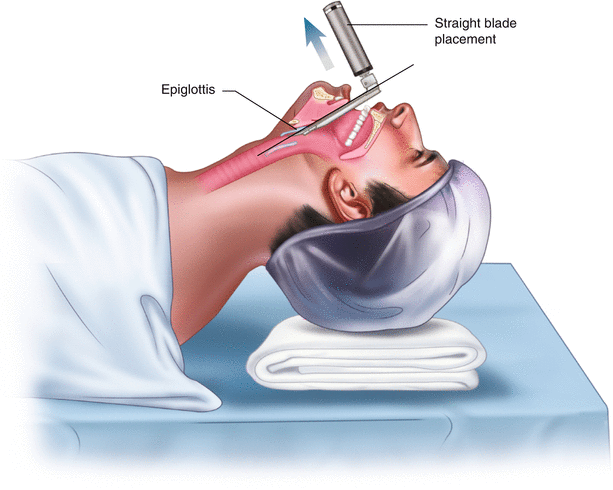
Hoarseness is a symptom and not a disease. It is a general term that describes an abnormal voice. When hoarse, the voice may sound breathy, raspy, strained or there may be changes in volume (loudness) or pitch (how high or low the voice is). The changes in sound are usually due to disorders related to the vocal folds, which are the sound- producing parts of the voice box (larynx). There are many causes of hoarseness most are not serious and tend to go away in a short period of time. While not always the case, persistent hoarseness can be a warning sign of benign or malignant laryngeal disease.
The normal larynx produces an undifferentiated sound, which is moulded into intelligible speech by movements and positions of soft palate, tips, teeth and mandible. After total laryngectomy the patient is not able to speak using own vocal cords. Post laryngectomy speech is to enable the patient to speak after total laryngectomy. Post laryngectomy patients can undergo 3 types of speech rehabilitation: 1) Using external voice prosthesis (artificial larynx). 2) Oesophageal speech. 3) Trachea-oesophageal fistula.
Artificial larynx devices employ the use of either a new voice source (battery as in electrolarynx) or the use of an apparatus that utilises pulmonary air to produce voice (pneumatic larynx).
The patient uses his normal articulatory mechanism to speak. The external vibrators have an adjustable pitch and intensity. The voice however has a metallic quality.
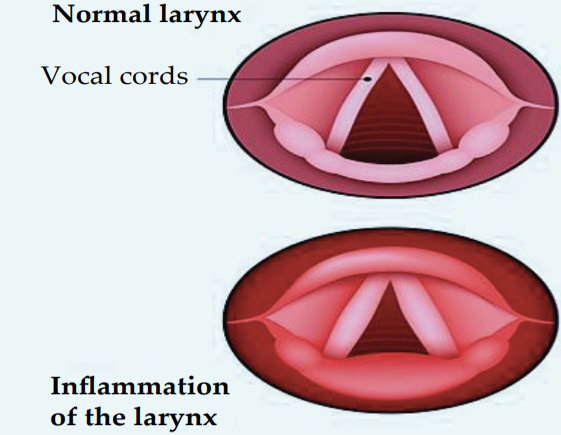
Chronic laryngitis is an inflammatory condition affecting the larynx (voice box) which persists for more than three weeks.
Details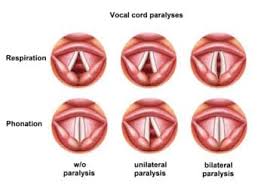
Hoarseness is a symptom and not a disease. It is a general term that describes an abnormal voice.
Details
Vocal nodules occur due to overtaxing and voice abuse. They are also called Singer’s or Screamer’s nodules.
Details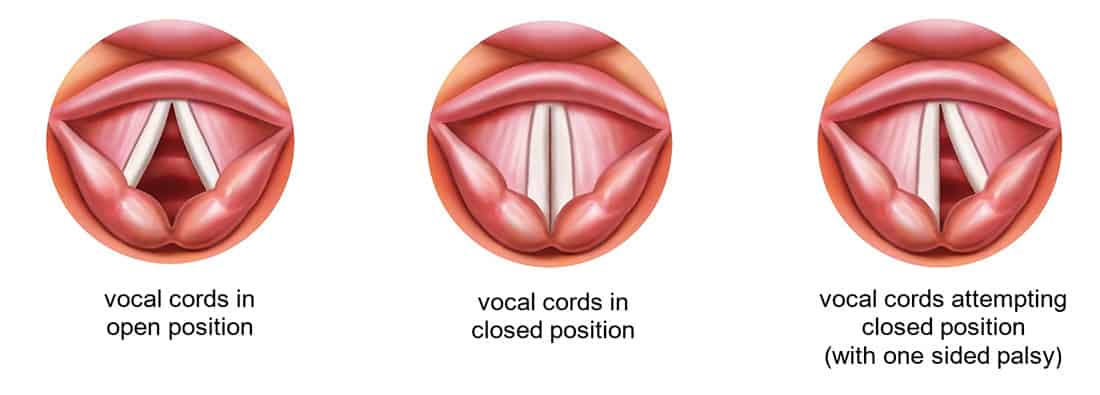
Chronic laryngitis is an inflammatory condition affecting the larynx (voice box) which persists for more than three weeks.
Details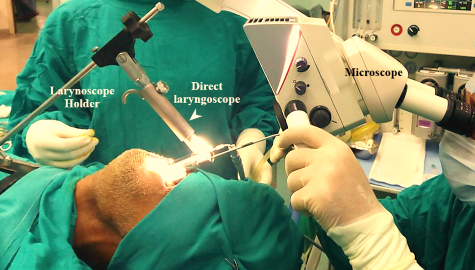
The normal larynx produces an undifferentiated sound, which is moulded into intelligible speech by movements and positions of soft palate, tips, teeth and mandible
Details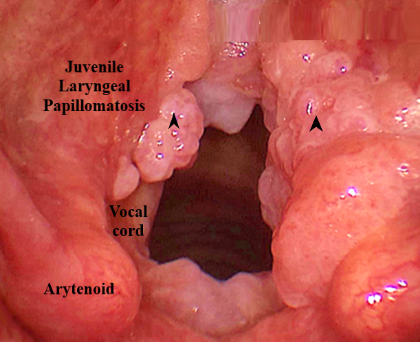
History: MacKenzie first described this condition 100 years ago. These papillomas affect not only the larynx, but other areas of the respiratory tract, hence they are also called recurrent respiratory papillomatosis.
Details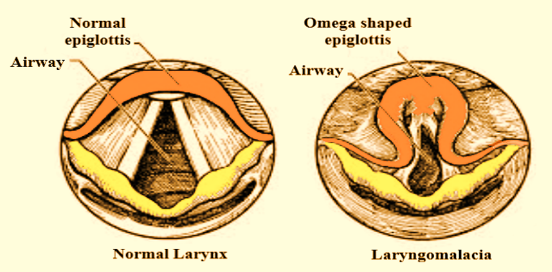
It is an excessive flaccidity of the supraglottic portion of the larynx and is the most common cause of congenital stridor.
Details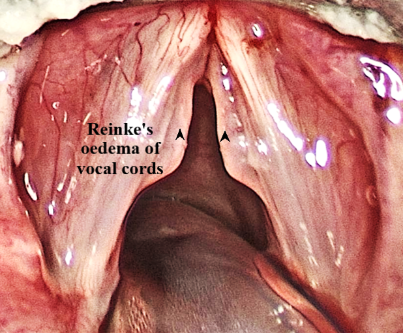
The left recurrent laryngeal nerve travels a similar course to the right except that it travels deep into the thorax.
Details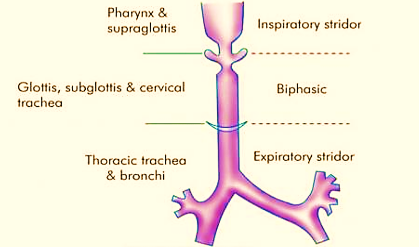
Stridor is the noisy respiration due to obstruction of the air in and out of the lower respiratory tract. It is usually a symptom suggestive of a disease not a disease by itself.
Details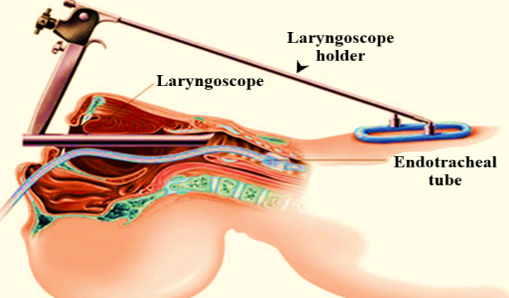
Direct laryngoscopy is a direct visualization of the different parts of the larynx and hypopharynx.
Details
Microlaryngoscopy is a procedure in which the larynx is visualized through a microscope.
Details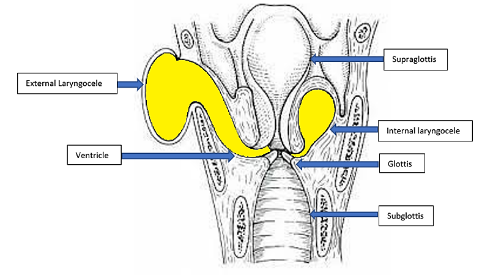
These are air filled cystic swellings due to dilatation of the saccule lined by columnar ciliated epithelium.
Details
Carcinoma of the larynx is one of the most important and common malignancy of head and neck.
Details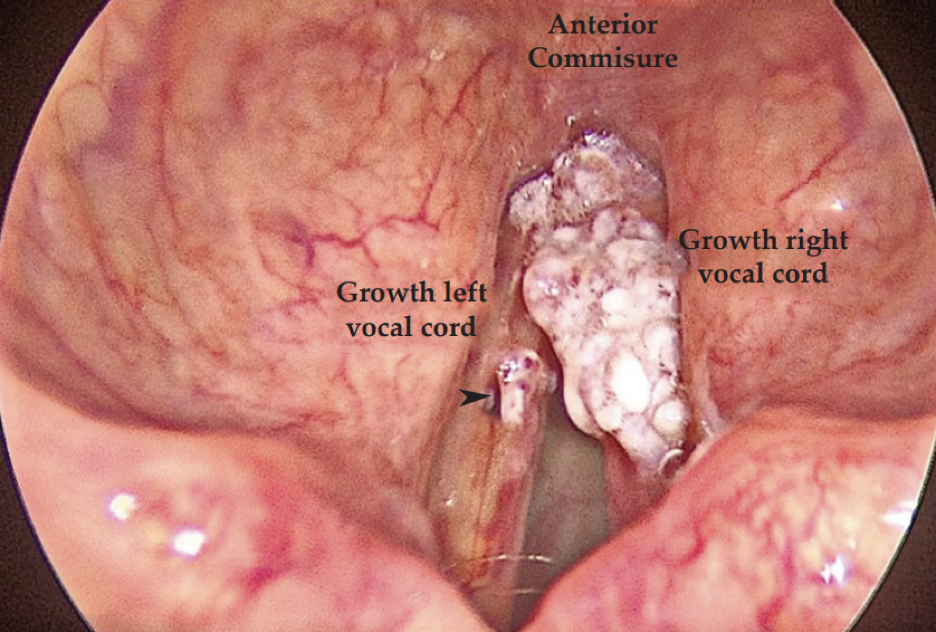

Laryngeal cysts commonly involve the supraglottic region, such as epiglottis and vallecula. Usually, they do not extend to the thyroid cartilage.
Details